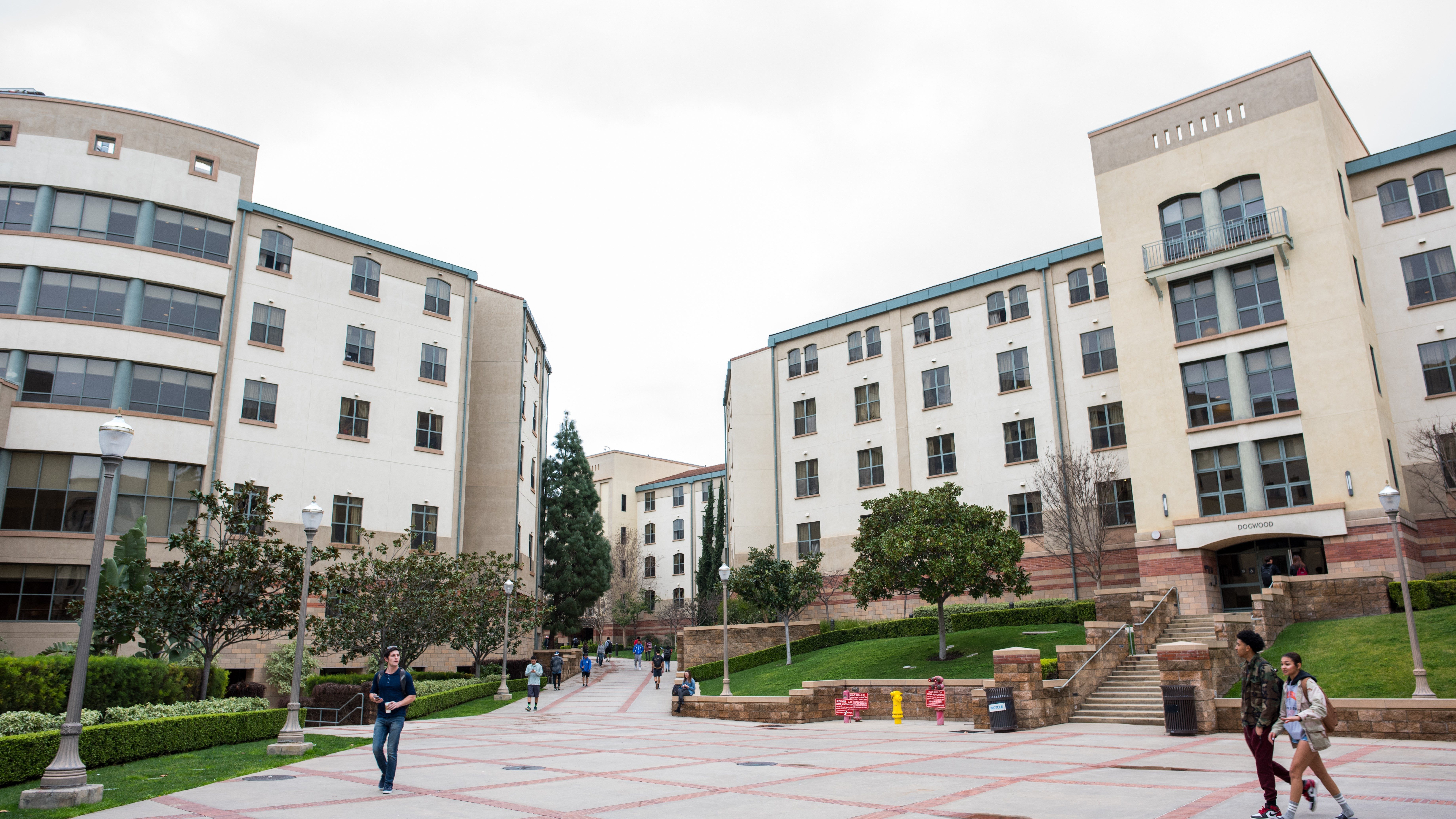Despite COVID-19, Student Housing Concessions Track 2019 Levels

As COVID-19 has turned typical operation procedures on its head, the initial fear was that operators in the student space were soon to resort to deep concessions that would cut heavily into bottom line revenues. But that hasn’t happened yet.
In student housing, the academic calendar is king and having someone pay for a bed – even if it’s lower than the amount initially hoped for – is better than missing out on a full year’s worth of revenue. In the absence of more sophisticated revenue management tools, concessions are often thought of as another way for operators to stimulate demand either through rent discounts or sometimes through the utilization of giveaways such as gift cards, electronics, and vacation packages.
Concessions are typically a trailing indicator of market health, with deeper concession offerings often indicating lagging demand at a university. While not necessarily stellar, the fact that pre-leasing and rent growth remain around last year’s mark despite huge challenges in light of COVID-19 is at least encouraging for owners and operators.
Data on concessions also supports those findings. Let’s first look at the share of properties offering a concession among the core 175 universities tracked by RealPage.
In May 2020, about 24% of properties were offering a concession. While that’s higher than the share of conventional assets offering a concession during the same period (a little more than 16%), May 2020’s figure essentially matches May 2019’s share of concession offerings in the student housing industry.

Until May, 2020 concessions have been running a little higher than 2019 concessions. That provides some perspective, then, on where concessions might end up in August, as the prevalence of discounts tends to increase later in the leasing calendar. Looking at Fall 2019’s leasing season, the share of properties offering a concession rose from about 8% at its lowest point in November to over 40% in the fire sale month of August.
Of course, a big variable determining whether concessions will continue to trace last year’s rates is how universities adapt to COVID-19 in the Fall semester. Several schools are still weighing whether to open in-person classes, offer virtual courses or a combination of both. Some are also considering occupancy limits to promote social distancing in on-campus housing, reducing capacity there and sending overflow to off-campus properties.
Not only is the prevalence of concessions closely mirroring Fall 2019’s rate, but the value of concessions being offered is similar too.

As of May 2019, the average discount at properties offerings concessions was equal to roughly 7% of the asking rent – a little more than three weeks free. While operators aren’t likely offering such a precise amount, that likely indicates that there is a mix of operators offering between two weeks free and one month free (or perhaps the corresponding dollar amounts, such as $500 off).
Looking at May 2020, the average concession value was roughly in line with the prior year. In dollar terms, that puts May 2020’s average concession at just under $40 prorated monthly over the full term of a lease.
All told, the mid-leasing season indictors – pre-lease velocity, effective rent change and concession offerings – point to steady student housing conditions at the national level. But performance between individual schools can be drastically different. Among schools with more than 1,000 off-campus beds, there are 12 where the average concession being offered is at least one month free.
The largest concessions as of May 2020 are being offered at the University of Wisconsin – Madison. There, the average concession is equal to about 13% of asking rent, or about $125 off per month. Other notable schools offering greater than one month free include Oklahoma State University, the University of Connecticut, the University of Texas at Arlington and Florida State University.
At some stronger performing campuses, however, there are effectively zero concessions being offered. Two of those schools are Virginia Tech and Appalachian State University, where pre-leasing is trending well above 90%.






